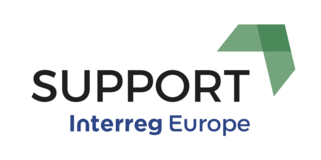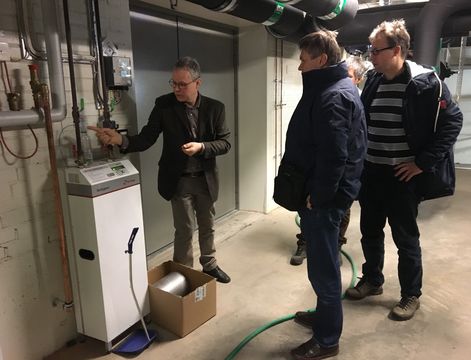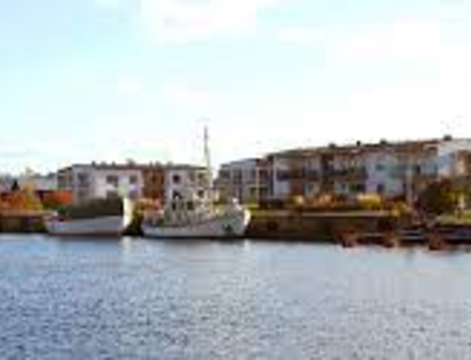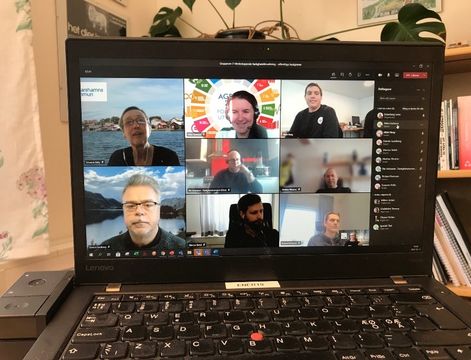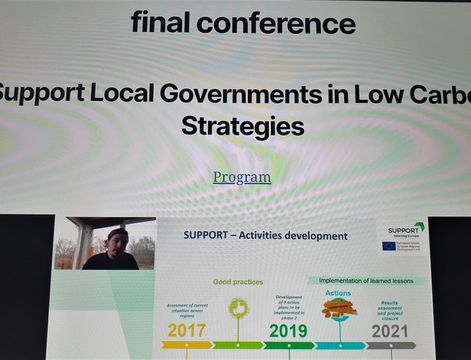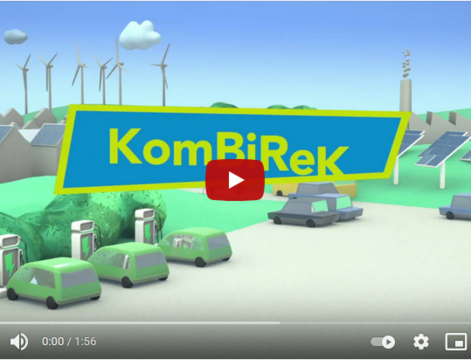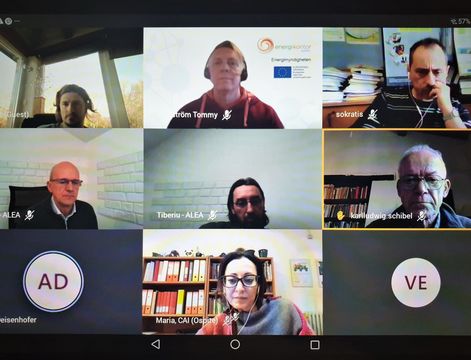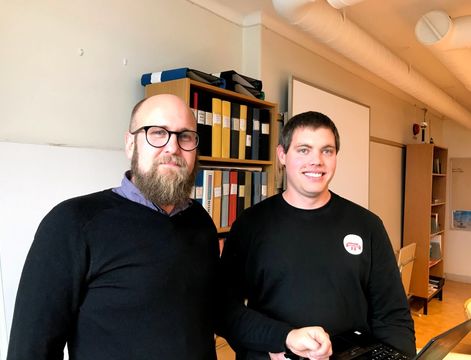The third focus group has tried to light up the different points of view on the usage of the funds and the financial tools within the country partners.
The encounter has been opened by Javier Ordonez Mundoz’s (of the Agenex, Extremadura Energy Agency) presentation on the topic “Financial instruments for energy in the programming period 2014-2020”.
In the two focus groups, that worked in parallel, the two topics got linked the one to the other due to their relevant interest for the way they affect the country partners’ administrative life.

Focus group A: For what kind of measures do municipalities ask for financial support and what kind of measures are funded by the EU financial instruments? Is there a match or a mismatch?
First element that emerged is that at regional and antional level energy efficiency is not the first feature taken into consideration by administrations, although it is, for UE, a topic of fundamental importance.
Within this context, the UE funds are the very principal resources for retrofittings in public buildings. This happens in Greece and Romania, where the request of fundings is increasing. In Italy rotation funds are used to fund local projects.
A further element comes from Sweden where, to search external funding sources, rural communities pay the costs of the distance from urban centres where the development of financing plan know-hows are.
If, as it will occur, UE will decide to turn from subsidies to investment tools, it will require an epocal perspective shift from the side of local and national side which until now have relied on subsidies.

Focus group B: How attractive are EU financial instruments to municipalities? What makes them attractive?
The results of the conversation tell us that often national funding sources are more actractive rather than the european ones for the ease of access. Often the aquisition phases of EU funds are complicated and don’t make sure the aquisition it self.
Grants are more attractive than financial instruments since a municipality is more experienced in applying and implementing measures under this format. A Grant is a non-repayable fund with a fixed rate. The higher that fixed rate is the more attractive is the respective program. The further design of a grant program is also very relevant for its attractiveness; if it is too difficult to meet the eligibility criteria, grants are not used either. This is what the examples showed. Problems in using financial instruments or grants do also occur on the site of the applicants. Capacity building on local level to learn how to and why to use financial instruments (national and European ones) is very important to make financial instruments and grants work.
